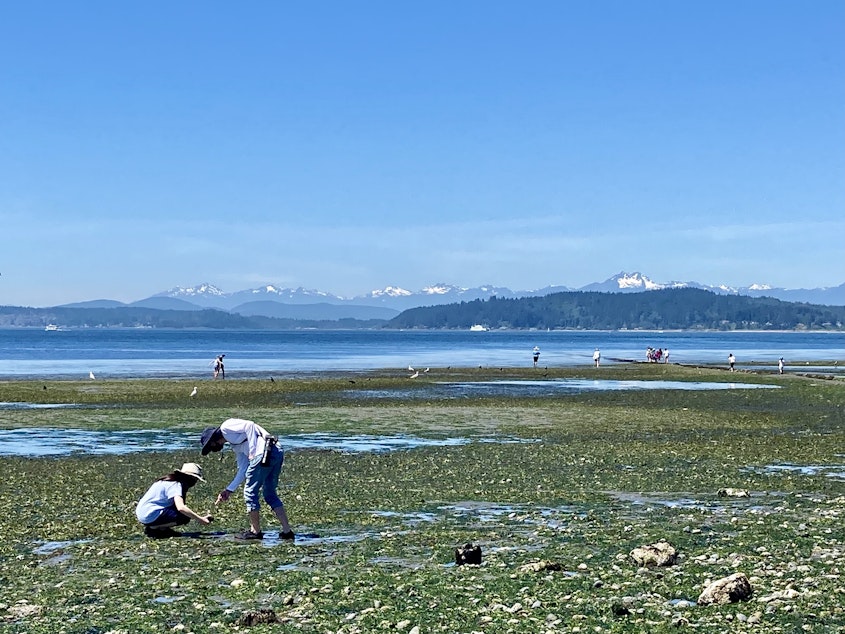Washington just designated its first seagrass sanctuary. Here's why

Last month, the state of Washington announced a new kelp and eelgrass protection zone off the shores of Everett. Covering roughly 2,300 acres, this marine plant sanctuary is the first of its kind.
Officials hope the designation will help preserve the vital ecosystem seagrass provides, while also opening an avenue to understand the threats seagrasses face.
Seagrasses, which comprise local favorites like eelgrass and are adjacent to our famous kelp forests, support all kinds of life.
Salmon are among their frequent visitors, and it's their travels through the Snohomish River Estuary that led the Department of Natural Resources and Commissioner of Public Lands Hilary Franz to designate the first seagrass sanctuary offshore of Everett. Aspirationally, the DNR is looking to designate around 10,000 acres of soundwide tidelands for seagrass protection. Soundside host Libby Denkmann spoke with Commissioner Franz to learn more about the need for seagrass sanctuaries, and which regions of Puget Sound need protection.
Then, Denkmann spoke with Drew Harvell, professor emeritus at Cornell University and a senior scientist studying eelgrass at the University of Washington's Friday Harbor Labs. Harvell noted that seagrass beds in the San Juan Islands have seen some of the harshest declines in acreage of seagrass in the region, a troubling development that scientists are still working to understand.





